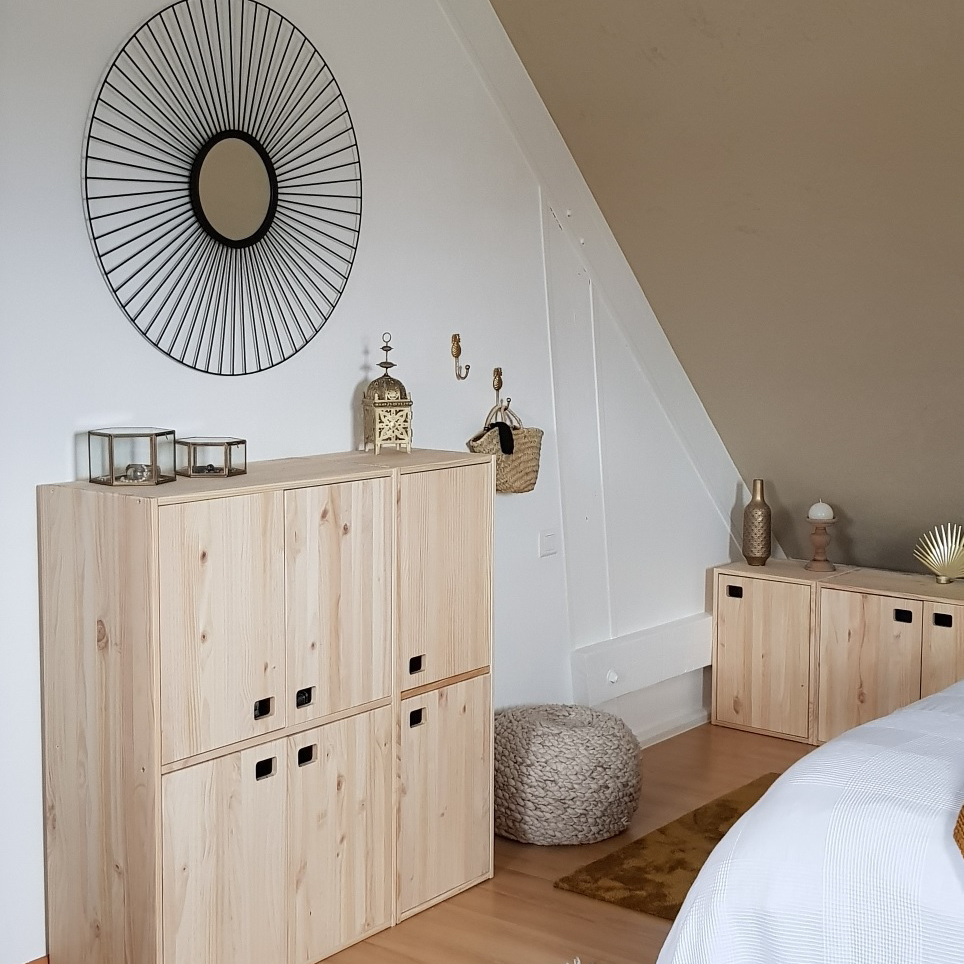Introduction
The Royal Palm Tree is one of the most exquisite and majestic trees in the world. It is also known as Roystonea regia and belongs to the family Arecaceae. This palm tree is a native to the Caribbean Islands, specifically Cuba, and is now planted throughout the world for its ornamental beauty.
Physical Characteristics
The Royal Palm can grow up to 100 feet tall with a trunk diameter of 18 inches. Its leaves are between 8-15 feet long and 2-3 feet wide, and its fronds are symmetrical with a feather-like shape. The Royal Palm’s trunk is smooth, gray-brown, and has leaf scars where the old fronds have fallen off. Its leaves are green, with a faint silvery sheen, and are attached to the trunk by long, broad leaf stalks.
Fruit and Flowers
The Royal Palm bears fruit that is oval in shape, about 1 inch in diameter, and turns from green to orange-red when ripe. The tree’s white flowers grow in clusters, and the fruits produced are sweet, juicy, and edible. The fruit is relished by many mammals and birds, which also contribute to the dispersal of the seed.
Cultural Significance
The Royal Palm has been used by humans for millennia: it was used as a source of food, medicine, and shelter in the Caribbean Islands. The Aboriginal people of Cuba used the leaves to weave baskets, the trunk to build their canoes, and the fruit as a food source. In modern times, the tree is often grown as an ornamental symbol of grandeur and beauty in tropical landscapes, private gardens, and in public spaces.
Where to Find the Royal Palm
The Royal Palm is a popular tree for landscaping in the tropical and subtropical regions of the world. It thrives in well-drained, loamy soils and needs a warm, wet climate with high humidity. Some of the countries where the Royal Palm Tree can be found include the Bahamas, Cuba, Barbados, Puerto Rico, Trinidad and Tobago, and the United States, to name a few.
Care and Maintenance of the Royal Palm Tree
The Royal Palm Tree needs to be adequately cared for to ensure its healthy growth and long life. It prefers well-draining soil with a pH between 6.0 and 7.5. It is recommended to plant the tree in a location that receives full sun exposure for at least six hours per day. The Royal Palm Tree requires regular watering and is sensitive to drought. The tree should be pruned to remove dead or diseased leaves, and any flowers or fruit that develop during the growth season.



